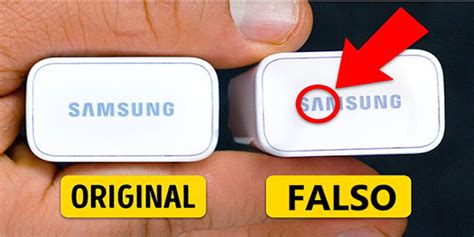How to Recognize Fake Accessories: A Comprehensive Guide
1. What are the most common signs of fake accessories?
Recognizing fake accessories can be challenging, especially when counterfeiters are becoming increasingly sophisticated. Here are some common signs to look out for:
- Price: If the price seems too good to be true, it probably is.
- Material Quality: Check the quality of materials used; fakes often use inferior substitutes.
- Branding Details: Examine logos, labels, and tags closely for discrepancies.
- Packaging: Authentic products usually have high-quality packaging.
For example, luxury brands often have specific packaging standards. If the box feels flimsy, it might be a counterfeit.
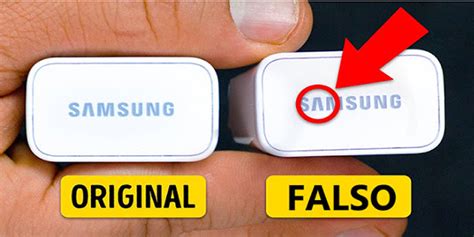
Another critical factor is the stitching and craftsmanship. Genuine accessories typically show superior craftsmanship.
Also, consider the seller’s credibility. Buying from authorized retailers significantly reduces the risk of purchasing fake items.
Researching the brand’s website can provide insights into how authentic products should look.
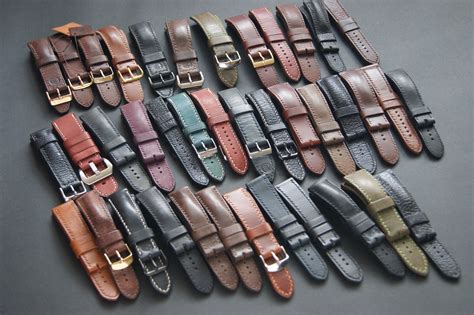
Moreover, online reviews and customer testimonials can be invaluable resources when assessing a product’s authenticity.
Finally, understanding your rights as a consumer is crucial. Always demand authenticity certificates when purchasing high-end accessories.
2. How can I verify the authenticity of a brand’s logo?
The logo is often the first thing people notice. To verify its authenticity, consider the following:
- Compare with Official Sources: Always refer to the brand’s official website.
- Color Accuracy: Ensure the colors match the brand’s established palette.
- Font Style: Counterfeit products may use different font styles.
For instance, some counterfeit logos might have misspellings or altered designs.
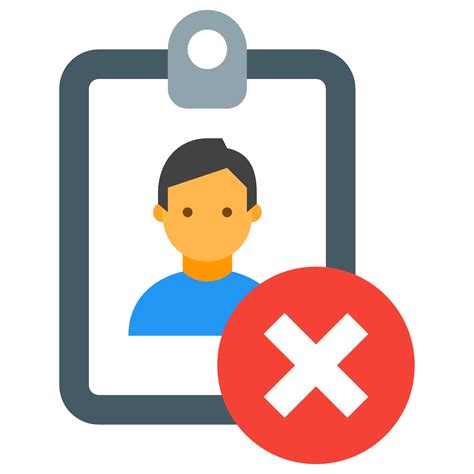
Additionally, many brands have unique logo placements, which can be a giveaway if they’re not correctly represented.
When in doubt, consult forums or social media groups dedicated to fashion and accessories for advice from fellow enthusiasts.
Educating yourself on brand history can also provide context that aids in recognition.
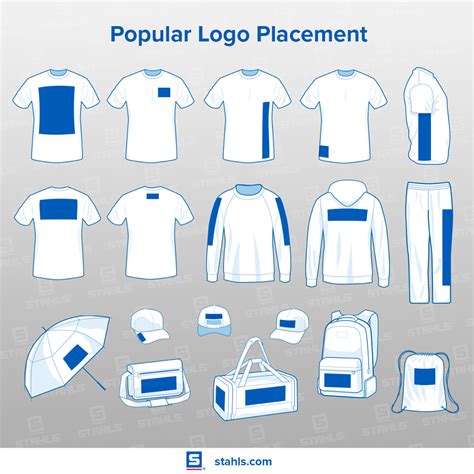
Lastly, if purchasing from a second-hand source, ensure that the seller provides authentication details or paperwork.
3. Are there specific features that differentiate real from fake accessories?
Yes, there are various features that can help distinguish real accessories from fakes:
- Hardware Quality: Examine zippers, clasps, and other hardware closely.
- Serial Numbers: Authentic products often have serial numbers or authenticity tags.
- Weight: Real items usually weigh more due to the quality of materials used.
For example, a genuine handbag might feel significantly heavier than its counterfeit version.
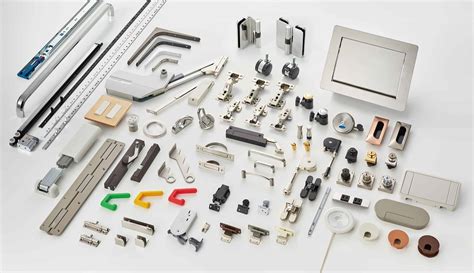
Furthermore, some brands incorporate unique elements such as holograms or RFID tags in their products.
Taking the time to familiarize yourself with these details can be incredibly beneficial in making informed purchases.
Additionally, examining the stitching pattern can reveal much; real products typically have tight, even stitching.
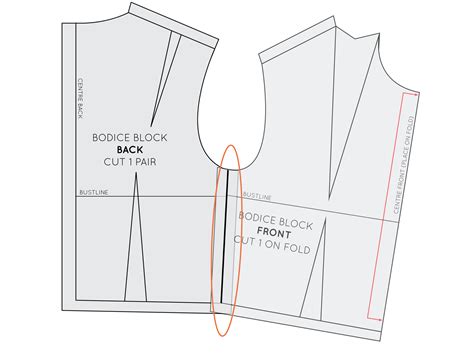
Finally, when in doubt, consult with experts or seek professional authentication services.
4. How does the price of accessories affect their authenticity?
Price is a significant indicator when determining authenticity. Here are key points to consider:
- Discounted Prices: Be wary of heavily discounted items.
- Market Value: Research the average market value of the item.
- Retail vs. Resale: Understand the difference between retail prices and resale market values.
For instance, a luxury watch being sold for a fraction of its retail price is a major red flag.
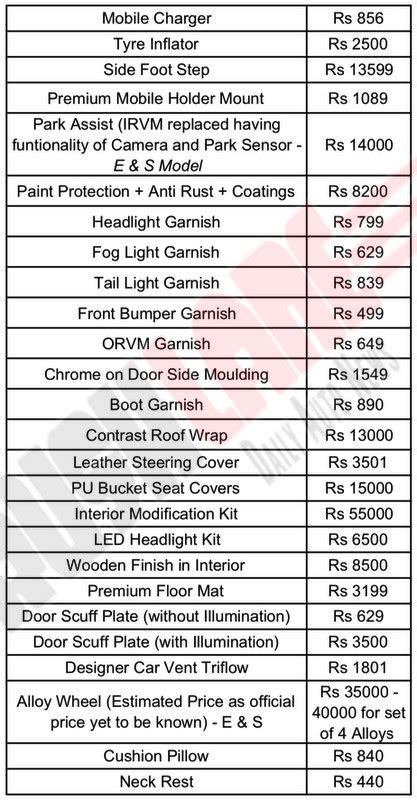
Moreover, some counterfeiters create false scarcity by raising the price, tricking buyers into thinking they are purchasing an authentic item.
It’s vital to use reliable price comparison tools and sites to verify if the price is in line with similar products.
Additionally, consider the retailer’s reputation. Authorized dealers are less likely to offer significantly lower prices than authorized sellers.
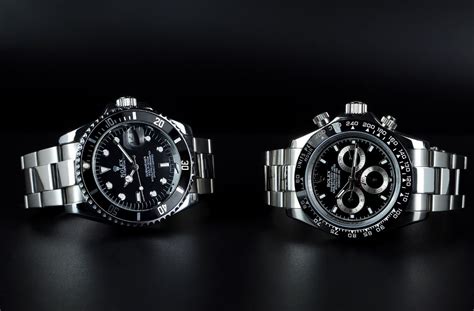
Finally, ask for a price breakdown. Authentic retailers should be transparent about their pricing.
5. What steps can I take to ensure I’m buying from reputable sellers?
When buying accessories, ensuring that you’re purchasing from reputable sellers is crucial:
- Research Sellers: Look for customer reviews and ratings.
- Check Return Policies: A reputable seller will offer a clear return policy.
- Look for Certifications: Certifications from recognized organizations can add credibility.
For instance, sites that are verified and have secure payment methods provide an added layer of safety.

Moreover, seek sellers who have a physical location. This can often be a sign of credibility.
Engaging with community forums can also provide insight into reputable sellers and their practices.
Additionally, always ask for invoices and receipts; legitimate businesses will readily provide this information.
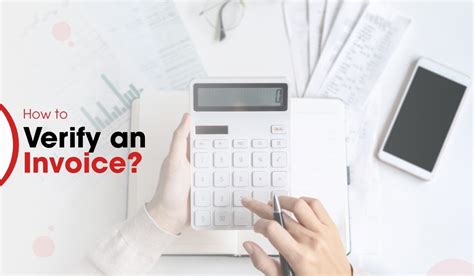
Lastly, be cautious with online marketplaces; while they can offer great deals, ensure that the seller is reputable before purchasing.
6. What role does packaging play in identifying fake accessories?
Packaging is an essential aspect when identifying the authenticity of accessories. Consider the following:
- Quality of Packaging: Authentic items usually come in high-quality packaging.
- Branding on Packaging: The branding should match the product.
- Inclusions: Check for authenticity cards and other materials.
For example, luxury brands often include detailed brochures or care instructions in their packaging.
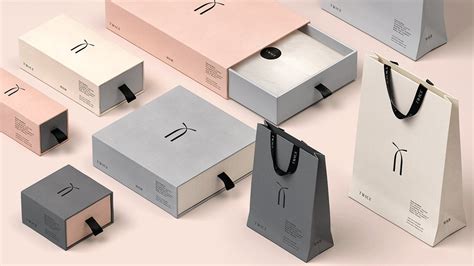
Counterfeit items often have generic or poorly made packaging, which can be a giveaway.
Additionally, some brands have unique packaging features such as holograms or QR codes that link to authentication.
Always inspect the box or bag for any signs of damage or tampering.
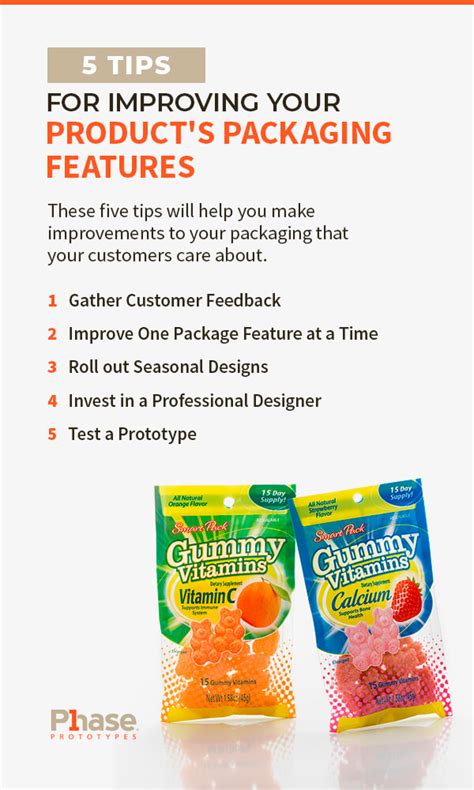
Finally, when in doubt, compare the packaging with images from the brand’s official website.
7. Can I trust online reviews when determining authenticity?
Online reviews can be a useful tool, but they should be approached with caution:
- Look for Verified Purchases: Trust reviews from verified purchases.
- Diversity of Opinions: Seek reviews that reflect various experiences.
- Be Wary of Overly Positive Reviews: These can be red flags.
For example, a plethora of glowing reviews with no criticism might indicate fake reviews.
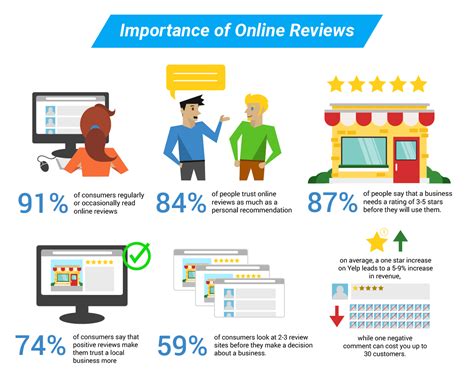
Additionally, check the reviewer’s history. Established reviewers often provide more reliable insights.
It’s also beneficial to cross-reference reviews across multiple platforms to verify consistency.
Finally, look for detailed reviews that provide specific information about the product rather than vague praise.
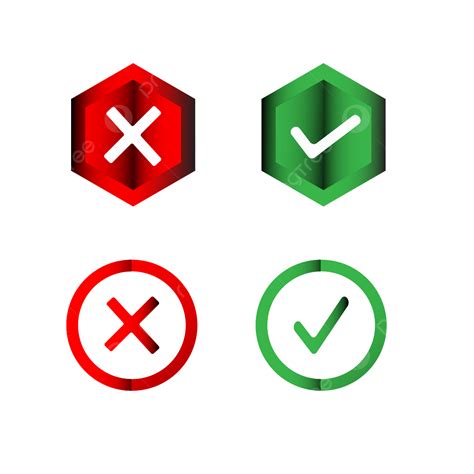
In general, a balanced perspective from reviews can help in making informed purchasing decisions.
8. How do counterfeit accessories impact the brand?
Counterfeit accessories can significantly harm brands in several ways:
- Brand Reputation: The presence of fakes can diminish consumer trust.
- Revenue Loss: Brands suffer financially due to lost sales.
- Legal Costs: Companies often incur high legal expenses to combat counterfeiting.
For instance, brands may have to invest in lawsuits against counterfeiters, diverting resources from other areas.
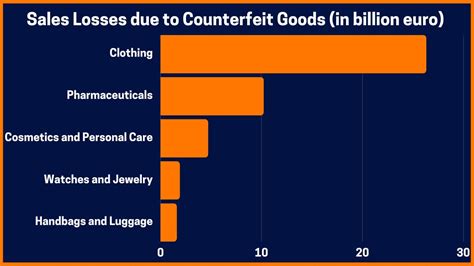
Furthermore, consumer experiences with fakes can lead to negative perceptions of the brand.
Brands are also compelled to spend more on marketing to restore their reputation.
Ultimately, the fight against counterfeiting is a complex battle that impacts both brands and consumers.

Awareness and education are vital to mitigate these effects on brand integrity.
9. What resources are available for consumers to verify authenticity?
Consumers have several resources at their disposal to verify authenticity:
- Official Brand Websites: Always a primary source for authenticity checks.
- Authentication Services: Some services specialize in verifying luxury goods.
- Consumer Advocacy Groups: Organizations that educate consumers on counterfeit risks.
For example, many brands offer guides on their websites about spotting fakes.
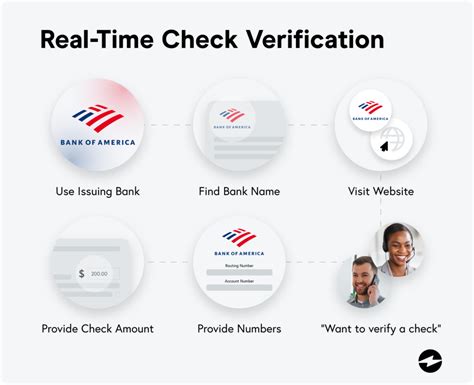
Additionally, forums and communities often provide valuable insights and shared experiences regarding authenticity.
Social media platforms can also be helpful for real-time discussions about trends in counterfeiting.
Finally, consider reaching out to customer service departments for specific queries about product authenticity.
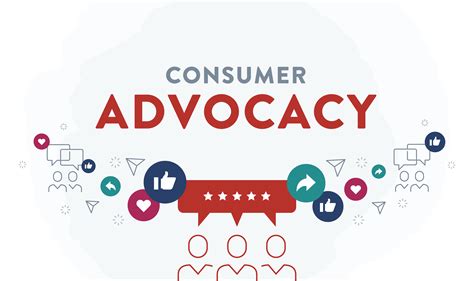
Being informed is the best defense against counterfeit products.
10. What legal protections exist against counterfeit accessories?
Legal protections against counterfeit accessories vary by region, but key measures include:
- Intellectual Property Laws: Protect brand names and trademarks.
- Consumer Protection Laws: Safeguard consumers from deceptive practices.
- International Treaties: Agreements like the TRIPS Agreement help combat counterfeiting globally.
For instance, brands can file lawsuits against counterfeiters to protect their intellectual property rights.

Moreover, consumer advocacy groups often work to strengthen these protections and educate the public.
International cooperation is essential in tackling the global issue of counterfeiting.
As a consumer, understanding these protections can empower you to report suspicious products.

Being proactive about education and awareness is crucial in combating counterfeiting.
Summary Table
| Question | Summary |
|---|---|
| 1. What are the most common signs of fake accessories? | Price, material quality, branding details, and packaging quality. |
| 2. How can I verify the authenticity of a brand’s logo? | Compare with official sources, check color accuracy and font style. |
| 3. Are there specific features that differentiate real from fake accessories? | Hardware quality, serial numbers, and product weight. |
| 4. How does the price of accessories affect their authenticity? | Discounted prices may indicate fakes; research average values. |
| 5. What steps can I take to ensure I’m buying from reputable sellers? | Research sellers, check return policies, and look for certifications. |
| 6. What role does packaging play in identifying fake accessories? | High-quality packaging, branding accuracy, and included materials. |
| 7. Can I trust online reviews when determining authenticity? | Look for verified purchases and a diversity of opinions. |
| 8. How do counterfeit accessories impact the brand? | Harm brand reputation, cause revenue loss, and incur legal costs. |
| 9. What resources are available for consumers to verify authenticity? | Official brand websites, authentication services, and advocacy groups. |
| 10. What legal protections exist against counterfeit accessories? | Intellectual property laws, consumer protection laws, and international treaties. |

